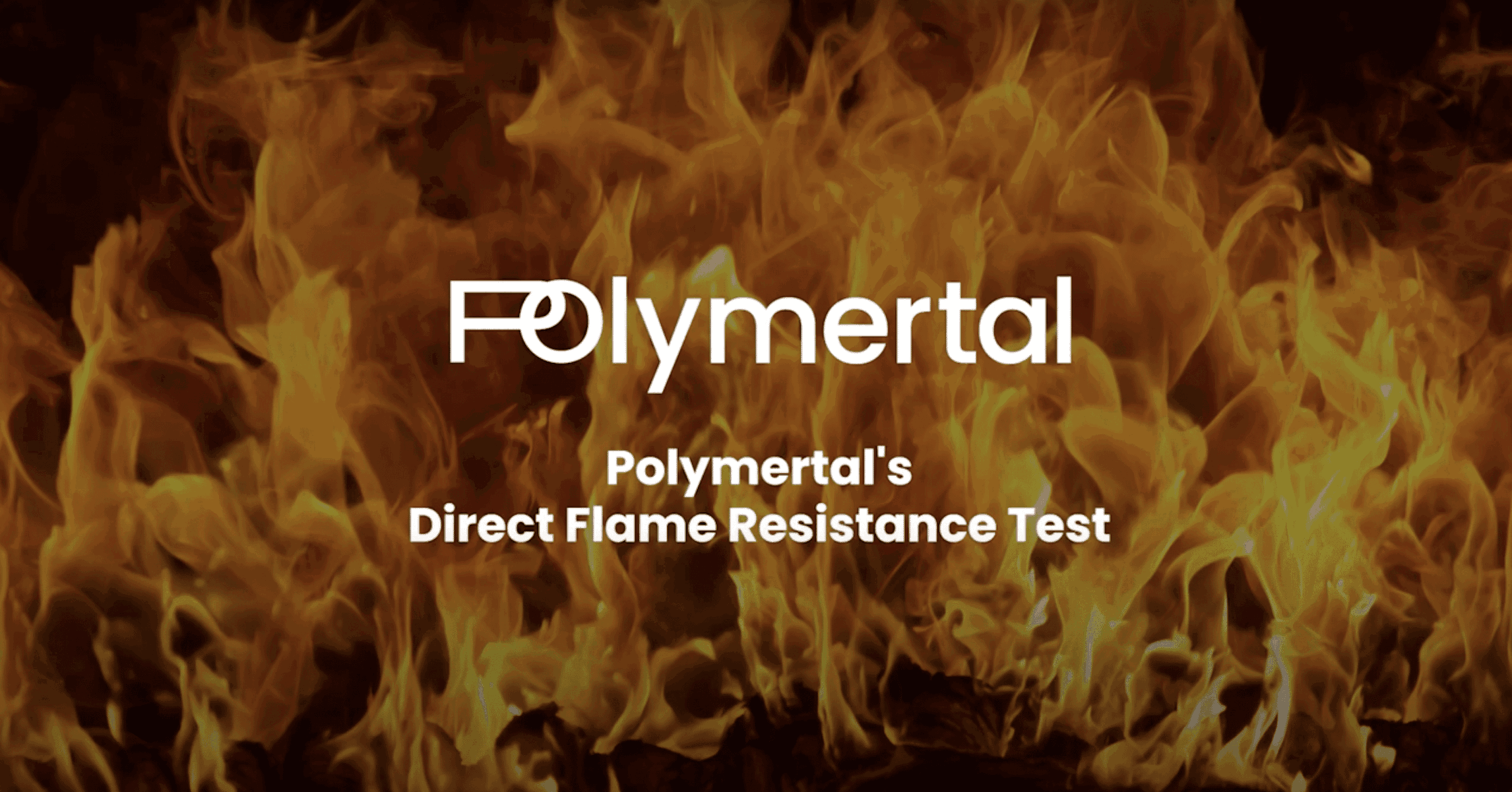Direct Flame Resistance Test
Jul 3, 2024

Flame-resistant materials are crucial for safety in various industries. Testing these materials helps understand their effectiveness in preventing fire damage.
Key Points:
- Material Description: A 1.3 mm plate with one side metalized, and the other composite.
- Testing Procedure: Burning test was conducted to check temperature and penetration resistance.
- Unplated Version: Penetrated after 4 minutes of burning.
- Plated Version: With 30 microns of coating, it showed no burning or cracking after 10 minutes.
- Comparison: Both plates had the same thickness, differing only by the 30-micron plating.
A 1.3 mm plate with a 30-micron metalized coating significantly outperformed an unplated version in a burning test, resisting penetration for over 10 minutes compared to 4 minutes for the unplated plate.
Conclusions
- Heat Isolation: Metal plating acts as an active heat isolator.
- Enhanced Thermal Properties: Heat resistance of the metal-plated material significantly improves thermal performance.
- High-Temperature Resistance: The torch flame at over 1000˚C did not penetrate the metal-plated part, despite being plated on only one side.
- Superior Durability: The metalized part withstood over 2.3 times the duration compared to the unplated material.
Polymertal Direct Flame Resistance Test
Watch the video to see it in action, and feel free to leave a comment if you have any further questions.
Related Articles

Fraunhofer IPA – Additive Manufacturing
6 Likes
6 Likes
Anwenderforum Additive Produktionstechnologie
22.01.2025

Manufacturing Technology Centre
0 Likes
0 Likes
MTC Launches Sustainable Additive Manufacturing Hub
20.08.2024

Horizon Microtechnologies
0 Likes
0 Likes
Horizon Brings The Power Or Micro-AM To The Production Of ESD Sensitive Parts
17.04.2024
Featured Partners
About Us
© 2025 J.A.M.E.S GmbH.




